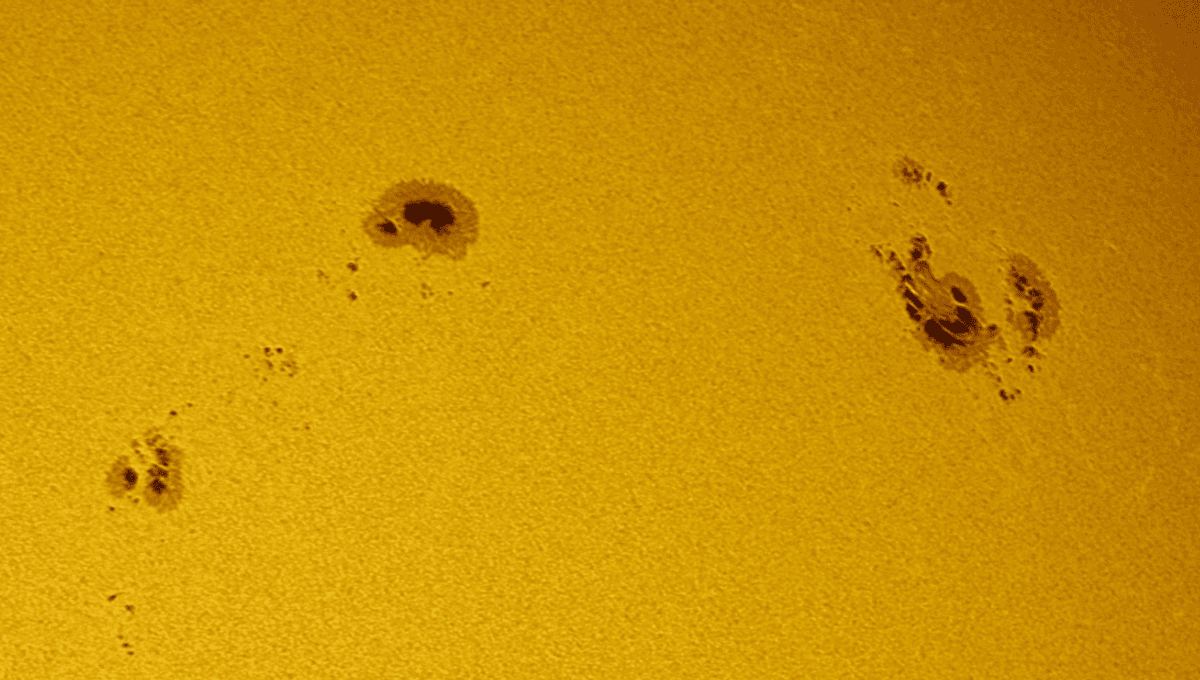
You may have seen people in the last few days discussing the Sun being “broken”. So, is it time to crack each others’ heads open and feast on the gooey bits inside?
In short, no. An article is going around the Internet with the title “Part of the Sun is broken”, but as the article itself explains, that’s not what’s really happened. Instead, it is referring to a genuinely very cool solar event that happened back in February, as a solar prominence (a big cloud of dense plasma) shoots out from the sun’s surface and then whirls around the Sun’s north pole in a vortex.
Solar physicist and deputy director at the National Center for Atmospheric Research in Boulder, Colorado, Scott McIntosh, told Space.com that he hadn’t seen anything like the vortex before. However, the large prominence is not unusual. They, along with sun spots, increase in activity as we enter the “solar maximum”.
Sun activity increases and decreases in an 11-year cycle known as the Schwabe cycle. From 1826 to 1843, German amateur astronomer Heinrich Schwabe observed the Sun, discovering that it rotates on its axis once every 27 days. He noticed the Sun goes from quiet periods, where no sunspots can be seen, to the maximum phase where 20 or more groups of sunspots can be seen.
The Sun’s activity is increasing at the moment, with the next solar maximum predicted to be around July 2025, according to NOAA. However, another team believes that they have a better prediction by looking at magnetic donuts which form at 55 degrees of latitude on both hemispheres of the Sun. These formations migrate towards the equator where they meet and cancel each other out, which the team dubbed a Hale cycle terminator.
“Once every solar cycle, it forms at the 55 degree latitude and it starts to march up to the solar poles,” McIntosh told Space.com, referring to a “hedge row” of solar prominences that also migrate during the solar cycle. “It’s very curious. There is a big ‘why’ question around it. Why does it only move toward the pole one time and then disappears and then comes back, magically, three or four years later in exactly the same region?”
Observations like those in February, as well as data from the European Space Agency’s Solar Orbiter, will help us to understand what processes are behind it. But fear not, it definitely is not broken.
Source Link: Has Part Of The Sun Really Become "Broken"?